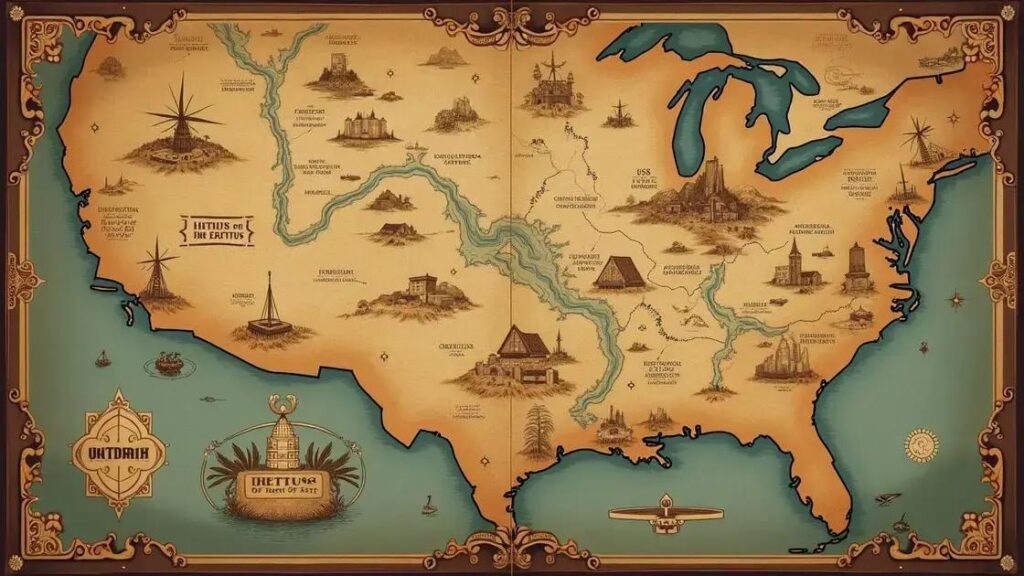The origin of Erettus is rooted in ancient civilizations known for trade and craftsmanship, with significant discoveries revealing its rich history and cultural impact. Today, Erettus maintains a vibrant legacy through preservation efforts, education, and tourism, continuing to influence modern culture and inspire pride in its heritage.
What is the origin of Erettus? This intriguing question leads us into a rich tapestry of history and exploration. Erettus, known for its unique attributes, has captured the interest of researchers and enthusiasts alike. In this article, we delve into the historical background of Erettus, significant discoveries that shed light on its development, the cultural impact it has made, and the legacy it continues to uphold today.
The Historical Background of Erettus
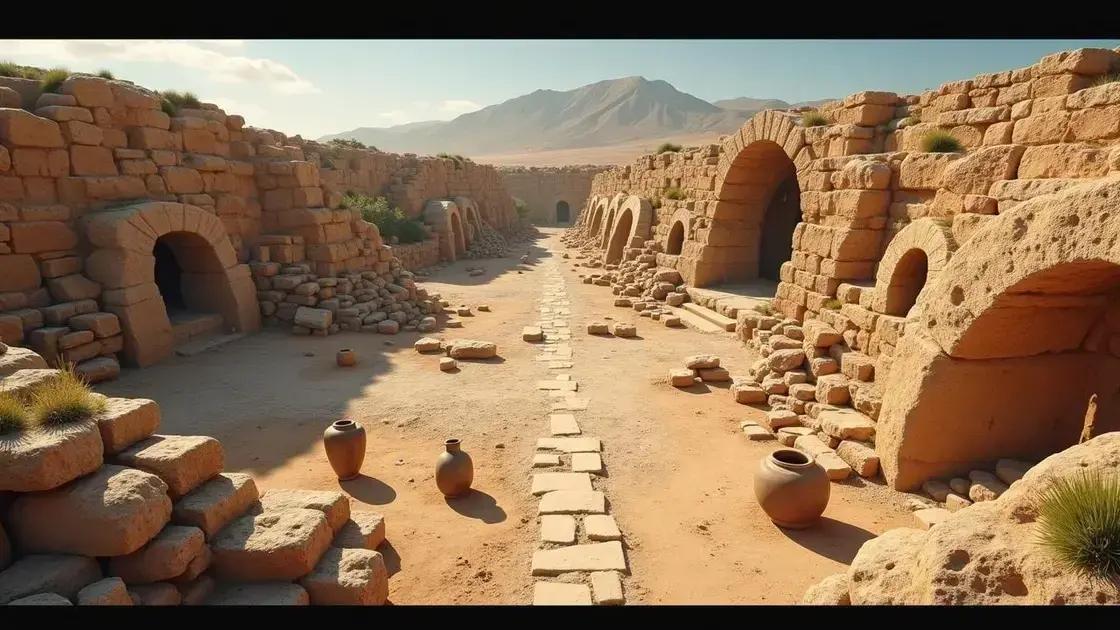
The historical background of Erettus is rich and layered, weaving together various threads of cultural and geographical influences. Erettus has its roots in ancient civilizations that thrived in its region, playing a critical role in the development of trade and commerce.
Ancient Civilizations
Early records indicate that Erettus was inhabited by communities known for their craftsmanship and trade skills. These communities exchanged goods such as textiles and pottery, contributing to Erettus’s growth as a hub of economic activity.
Geographical Significance
Located near significant trade routes, Erettus became a focal point for merchants and travelers. The geographical advantages allowed Erettus to flourish during periods of prosperity while also encountering challenges from neighboring regions.
Cultural Melting Pot
The influx of various cultures through trade led to a diverse society in Erettus. This cultural blending influenced local customs, art, and even language, creating a unique identity that still resonates today.
Archaeological Evidence
Excavations in Erettus have uncovered artifacts that give insights into its historical significance. Items such as coins, pottery, and tools reveal the sophistication of its early inhabitants and their contributions to the wider world.
Significant Discoveries Related to Erettus
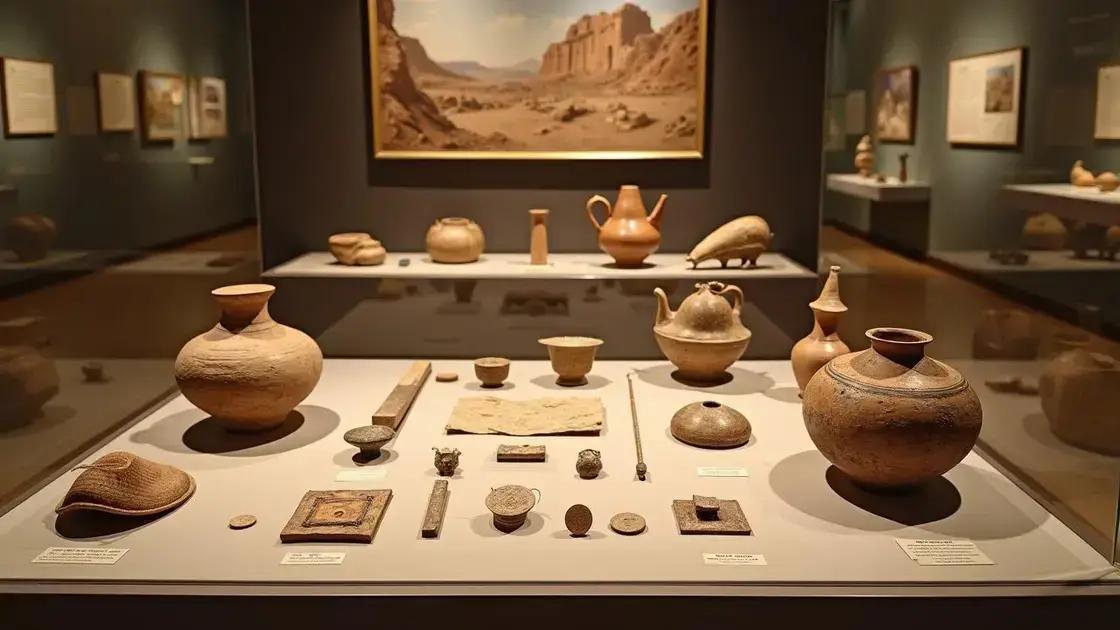
Significant discoveries related to Erettus have revealed much about its past and the people who lived there. These findings help us understand how Erettus developed over the centuries.
Important Artifacts Found
Numerous artifacts have been uncovered during excavations in Erettus. Items such as ancient coins, pottery, and tools provide clues about the daily lives of its inhabitants. Each of these artifacts tells a story about trade, culture, and craftsmanship.
Notable Archaeological Sites
Archaeological sites in Erettus, such as the Old Market Square and the Temple of Erettus, have been important for researchers. These locations offer insights into the architectural style and religious practices of the time, showing how the people of Erettus interacted with their environment.
Scientific Analysis Techniques
Modern scientific techniques, like carbon dating and DNA analysis, have allowed scholars to date these artifacts accurately. This technology helps establish timelines for the various cultural phases in Erettus, creating a clearer picture of its history.
Public Engagement with Discoveries
Many discoveries related to Erettus have been displayed in museums, allowing the public to learn about its history. Educational programs and exhibitions encourage people to engage with the rich heritage of Erettus, fostering a deeper appreciation for its past.
Cultural Impact of Erettus
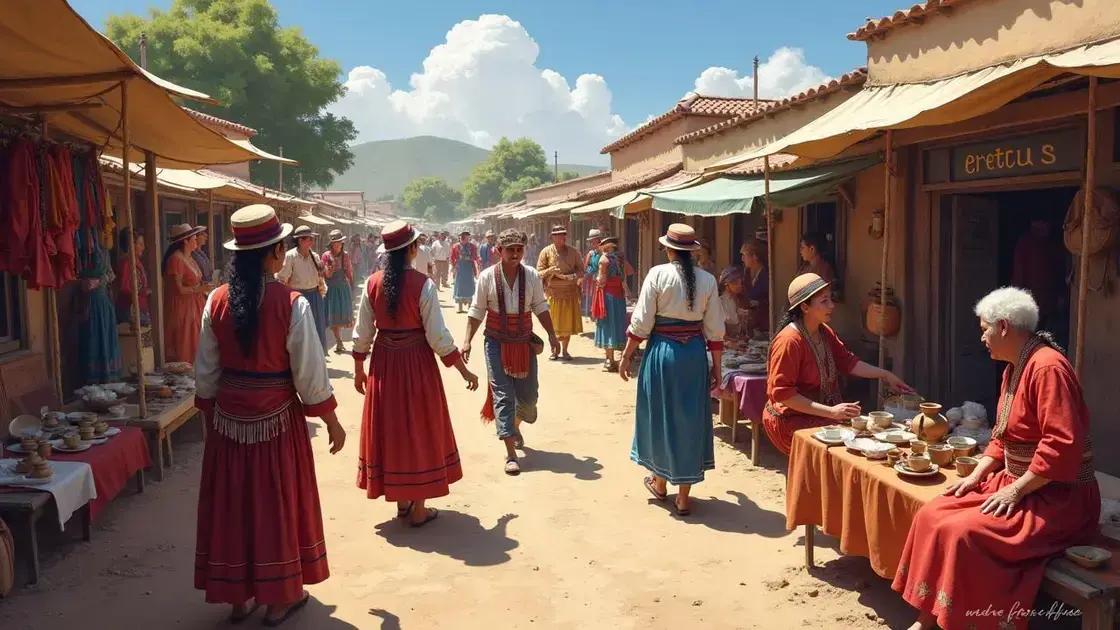
The cultural impact of Erettus is profound and multifaceted. It has influenced local traditions, art, and community life in significant ways.
Artistic Expressions
Artisans in Erettus have produced remarkable works that reflect its cultural richness. Pottery, sculptures, and textiles display unique designs that tell stories about the region’s history and beliefs.
Traditions and Festivals
Erettus has many local traditions and festivals that draw attention to its heritage. Celebrations such as the Festival of Erettus highlight music, dance, and cuisine, bringing together community members to honor their shared history.
Influence on Language
The unique history of Erettus has also shaped its language. Words and phrases from ancient times are still in use today, creating a connection between generations and preserving the identity of the region.
Modern Contributions
Today, Erettus continues to impact broader cultural landscapes, with its art and traditions influencing surrounding areas. This influence is evident in music, culinary styles, and even fashion, making Erettus a vibrant part of the cultural mosaic.
The Erettus Legacy Today
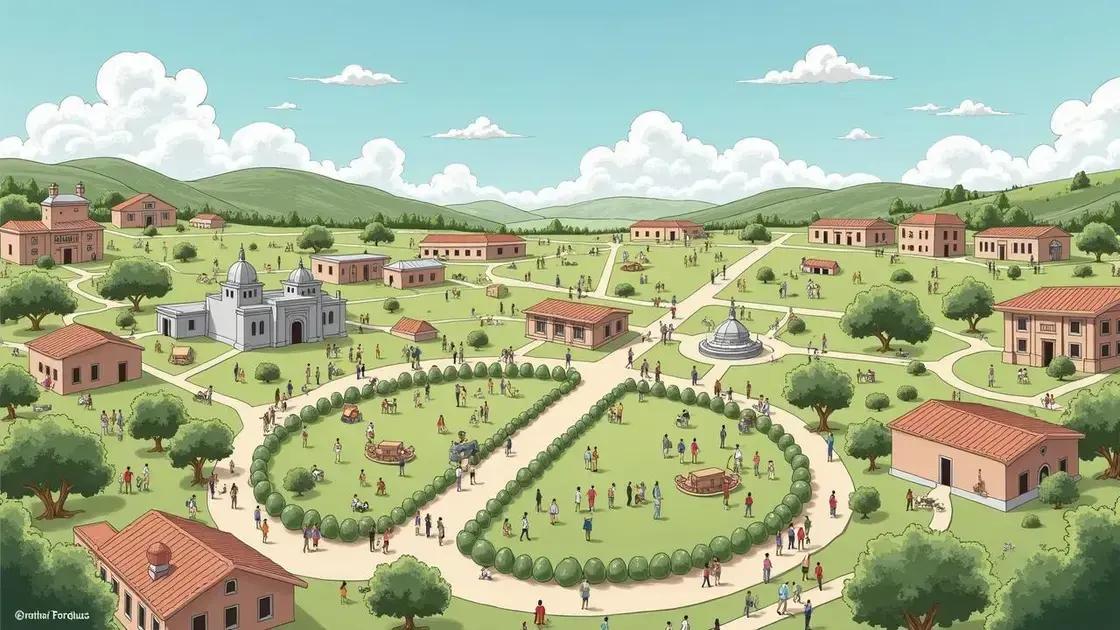
The Erettus legacy today is vibrant and continues to shape the region. It reflects the values, traditions, and advancements that have been passed down through generations.
Preservation Efforts
Organizations focused on historical preservation are active in Erettus. They work to maintain archaeological sites and promote awareness about the significance of Erettus in history. These efforts ensure future generations can appreciate their heritage.
Education and Research
Educational institutions in Erettus incorporate local history into their curriculum. Students learn about their ancestors and the contributions of Erettus to culture and society. This connection fosters pride and a sense of belonging among the youth.
Tourism Development
Erettus has become a noteworthy tourist destination, attracting visitors eager to learn about its rich past. Cultural festivals, historical tours, and museums showcase Erettus, contributing to the local economy while enriching the visitors’ experiences.
Influence on Modern Culture
Today, elements of Erettus’s culture can be seen in contemporary art, music, and literature. Artists draw inspiration from its history, creating works that honor their roots. This ongoing influence highlights the relevance and vitality of Erettus in modern society.
In conclusion, what is the legacy of Erettus?
The legacy of Erettus is rich and multifaceted, representing a blend of historical significance, cultural vibrancy, and modern relevance. From its ancient origins and significant discoveries to its profound cultural impacts and ongoing preservation efforts, Erettus continues to thrive as a symbol of heritage.
Today, the educational initiatives and tourism dedicated to Erettus not only celebrate its past but also inspire future generations to engage with their identity. As Erettus influences contemporary culture, it remains a vibrant part of the community, ensuring that its legacy will be cherished for years to come.
Understanding the origin of Erettus is essential for appreciating its ongoing story, which reflects the resilience and creativity of its people.
FAQ – Frequently Asked Questions about Erettus
What is the origin of Erettus?
Erettus has ancient roots tied to early civilizations known for their craftsmanship and trade, flourishing due to its geographical advantages.
What significant discoveries have been made in Erettus?
Important artifacts, including ancient coins and pottery, have been uncovered, providing insights into the lives of Erettus’s early inhabitants.
How has Erettus influenced modern culture?
Erettus continues to inspire contemporary art, music, and literature, showcasing its rich heritage and ongoing relevance.
What role does tourism play in Erettus today?
Tourism in Erettus has become vital, allowing visitors to engage with its history while contributing to the local economy through cultural events and tours.
How are preservation efforts important for Erettus?
Preservation efforts help maintain archaeological sites and promote awareness of Erettus’s historical significance, ensuring future generations can appreciate their heritage.
What educational initiatives are in place regarding Erettus?
Local educational institutions focus on incorporating Erettus’s history into their curriculum, fostering pride and connection among students.

